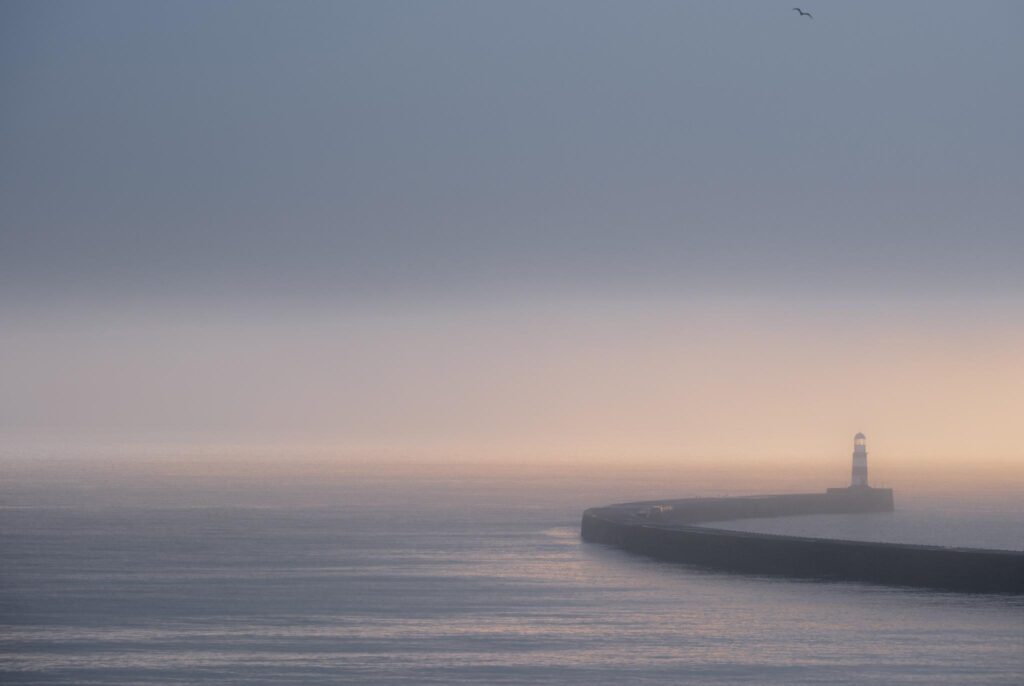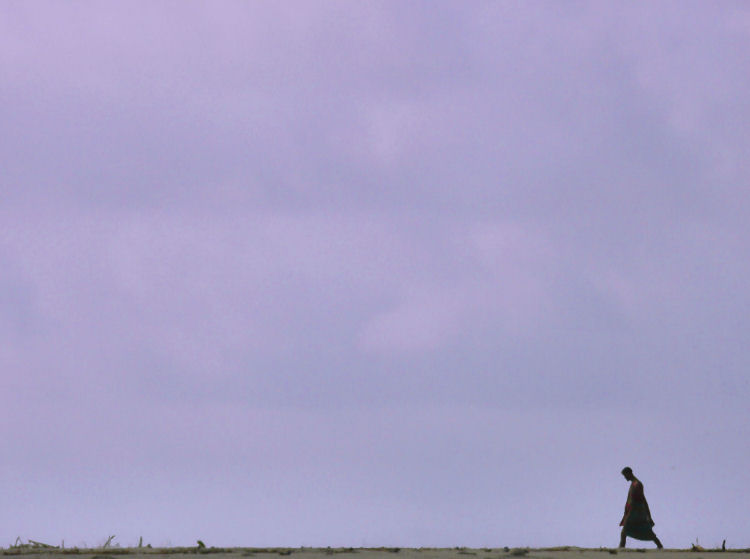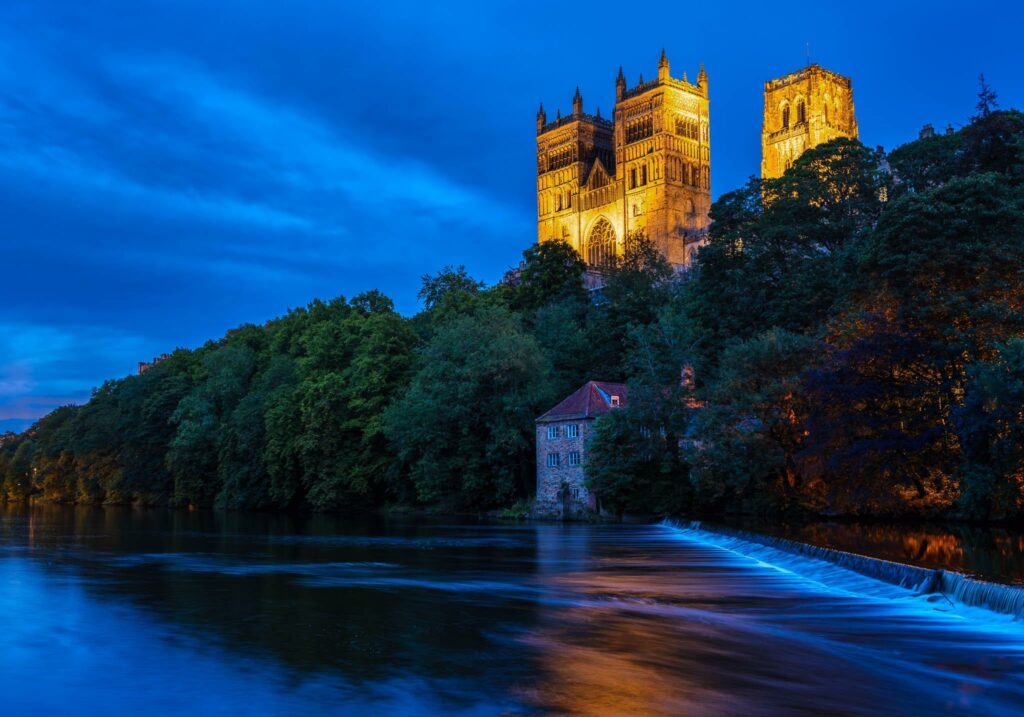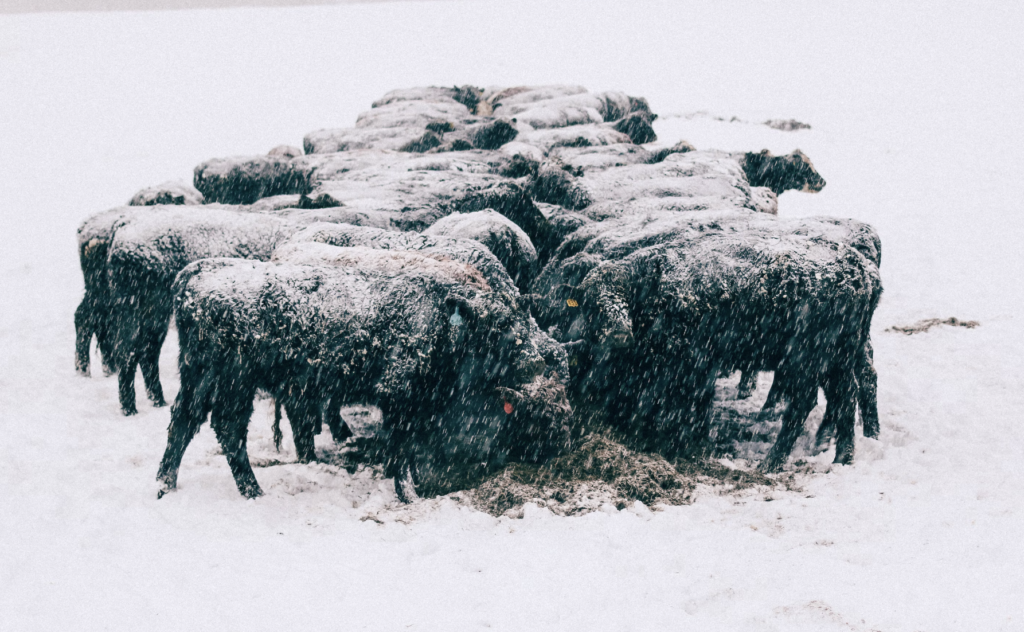As a newcomer to photography you might be tempted to try and encompass everything you see into a single image. You might also be disappointed with the end result. A common mistake new photographers make is to not isolate the subject, make it the key part of the composition.
The subject of a photograph is, perhaps, the most vital element and never more so when shooting minimalist photos. Minimalism in photography is an incredibly powerful way to fix the viewer’s eyes on your subject. It can also be one of the hardest compositions to master. Today we are going to take a look at getting a minimalist look in your photos.
What Is Minimalist Photography?
Well like any aspect of photography, there are no hard and fast rules. However in simple terms, minimalism is using an extremely uncluttered background to bring maximum attention to the subject. Minimalist images often convey a sense of peace and tranquillity with their simplicity. They can be of any genre from macro to landscape. The key is to bring the maximum attention to the subject by have as little distraction as possible in the rest of the image.
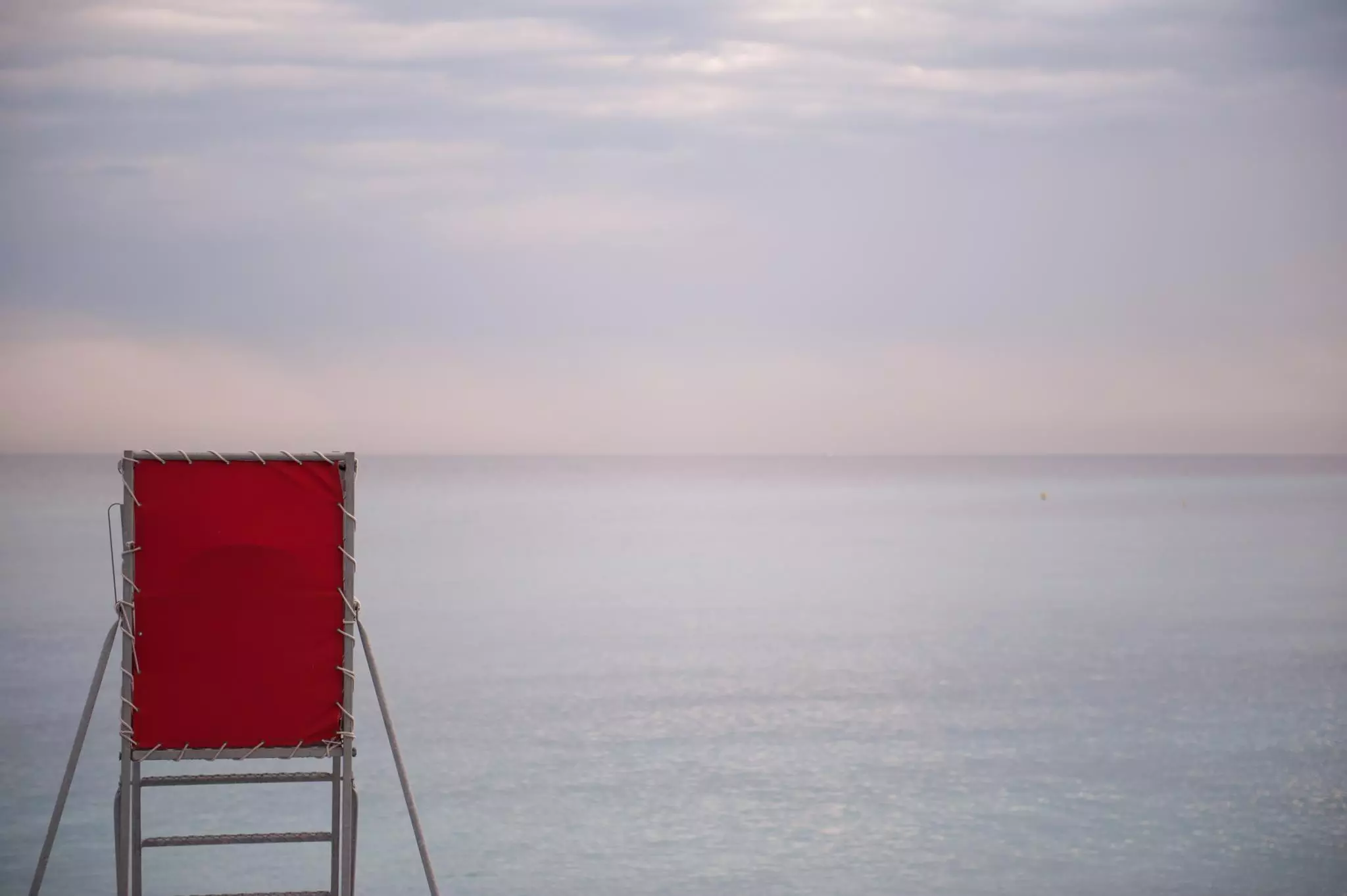
Minimalism, as a composition, can work really well on its own, but can also be combined with other compositional elements such as the rule of thirds or leading lines. It is important however that any secondary composition that is used must compliment the minimalist look and not detract from the subject.
There is another, often overlooked element to minimalist photography and that is the subject should not dominate the frame. If a subject is too large in the frame, our eyes tend to start examining that subject in more detail.
In reality what we are really trying to achieve with a minimalist photo is the relation of the subject with their surroundings, and this is what is known as negative space. This uses a large percentage of the frame, with little interest to draw the eye to a much smaller part of the frame with the subject. There are many ways that we can do that, and let’s have a look at a few.
Lighting And Minimalism
One of the most powerful ways to isolate a subject in any composition is by using light. This is especially so for a minimalist image. For example, a single directional light on a portrait subject can dramatically isolate them from the background, making it seem like they are in a void.
In street photography it might be a subject stepping into a single shaft of light through dark shadows in the background into the relief.
You can also use the reverse, using a brightly, backlit background to isolate a silhouette. Again, however, your subject should not dominate the frame and the background should complement the subject yet remain devoid of too many features. In the image below the very strong backlight from the coastal scene, immediately draws the eye to the small silhouette.
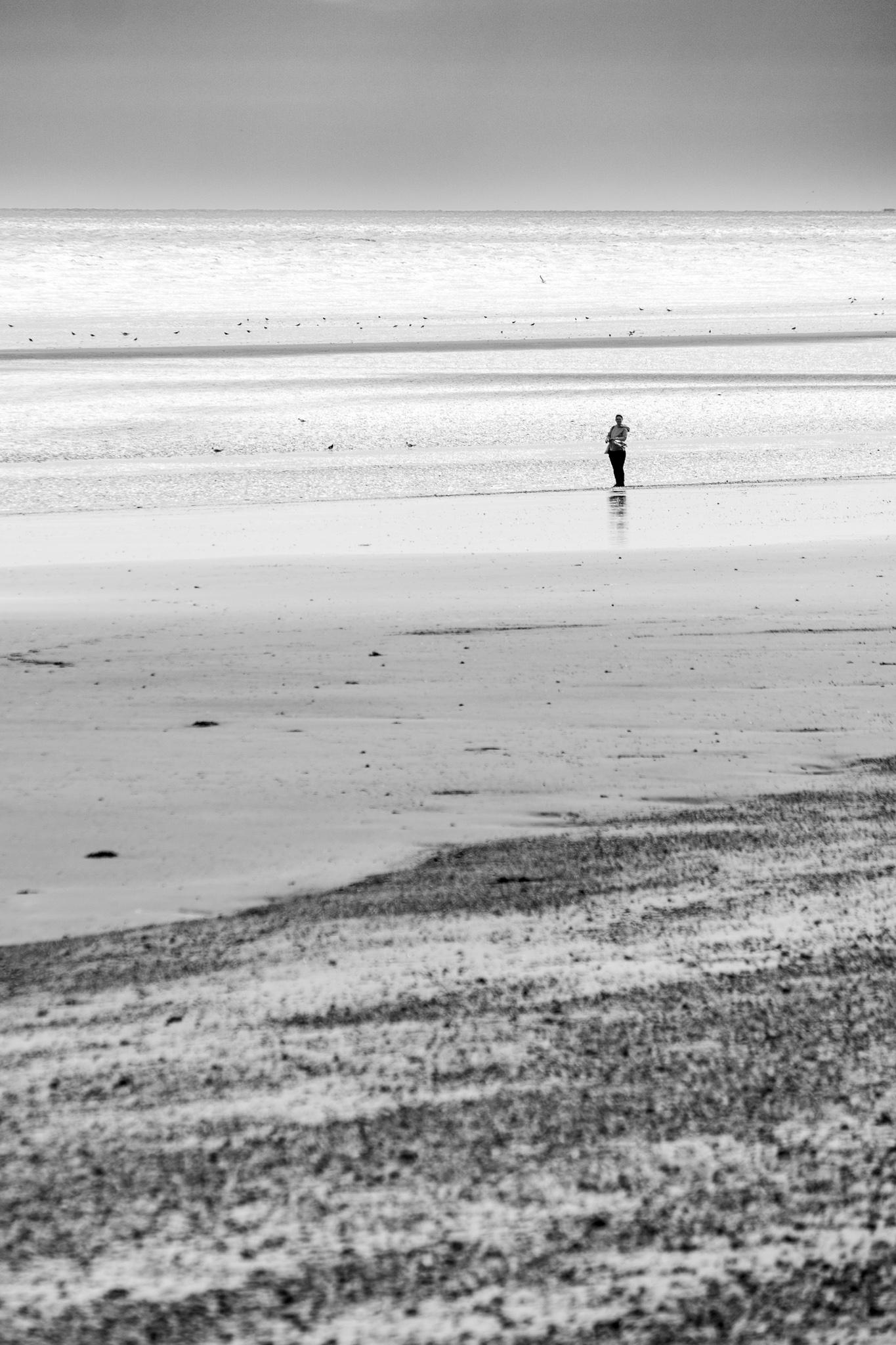
Colour And Minimalism
Colour is another very powerful compositional tool, especially in minimalist photography. We can use strong, powerful colours such as reds or yellows to pull the subject off a background.
In these cases the background can have detailed elements in it, however they should all be in subdued, neutral colours such as dark or mid greys or pastel tones. In the shot below the stark contrast of the reds on the grey London building immediately isolates our two subjects (more on that later).
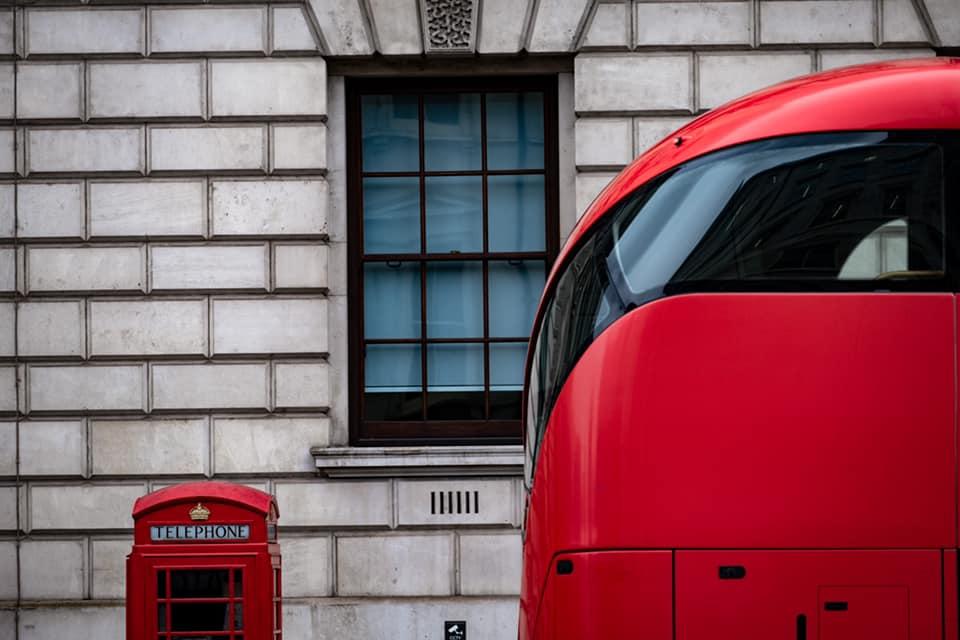
When the subject has a strong powerful colour that contrasts the background, our eye is immediately drawn towards it, despite any complexity behind. This can also work in reverse as we see in the image below where the lavender is a very strong colour but its abundance in the frame immediately draws our eye to the white (French) lavender.
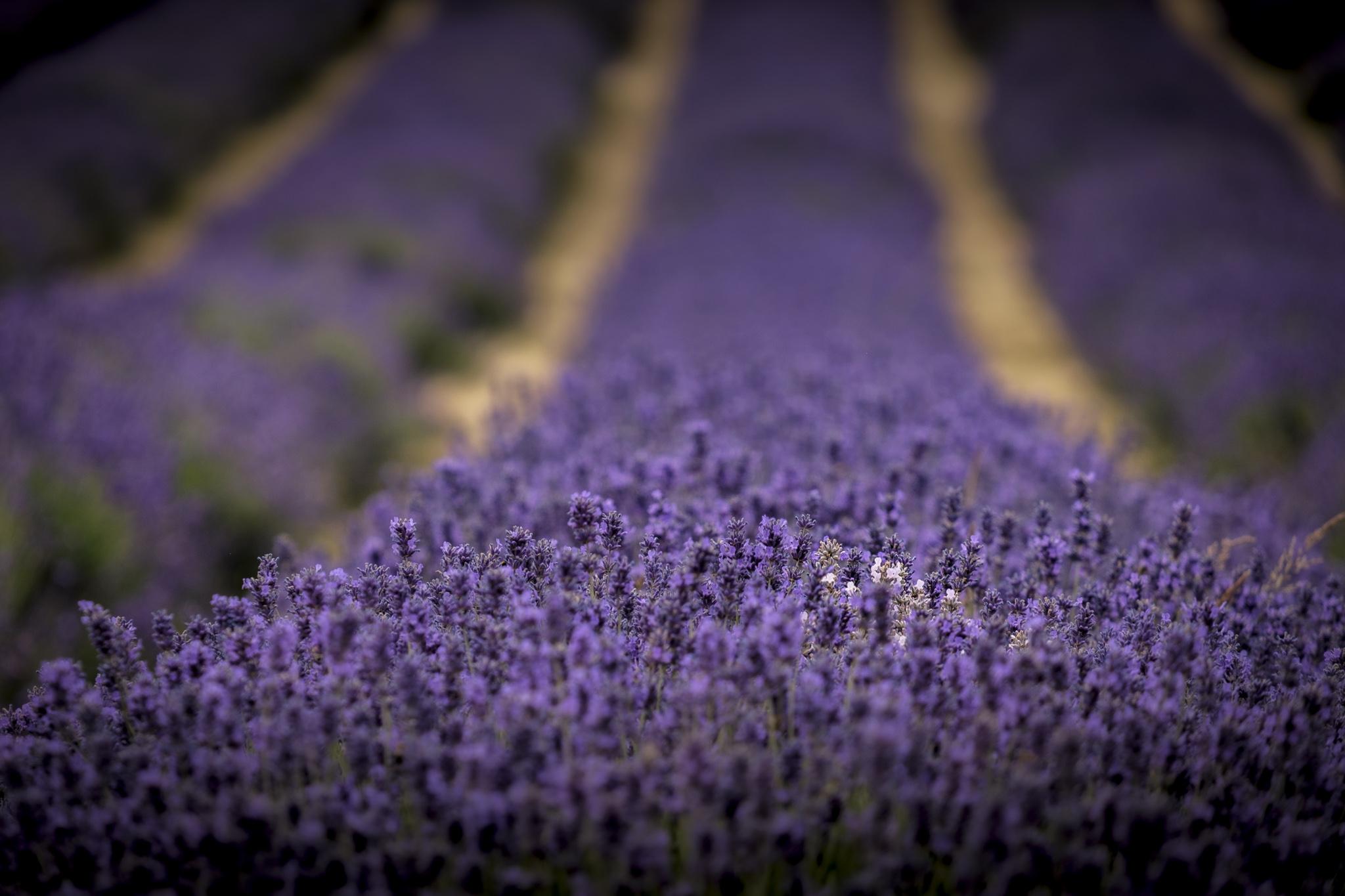
Weather And Minimalism
Utilizing the weather is another great way to produce minimalist images. Fog and mist, in particular, are extremely useful in enabling a minimalist look. Strong geometric shapes will punch out of mist and fog giving the eye a place to look at.
Colour also works well in combination with mist or fog. The colour of the subject doesn’t have to be strong to pull it out from the background. In the image below you can see the geometric lines of the pier standing out in the image despite actually being a small part of the shot.
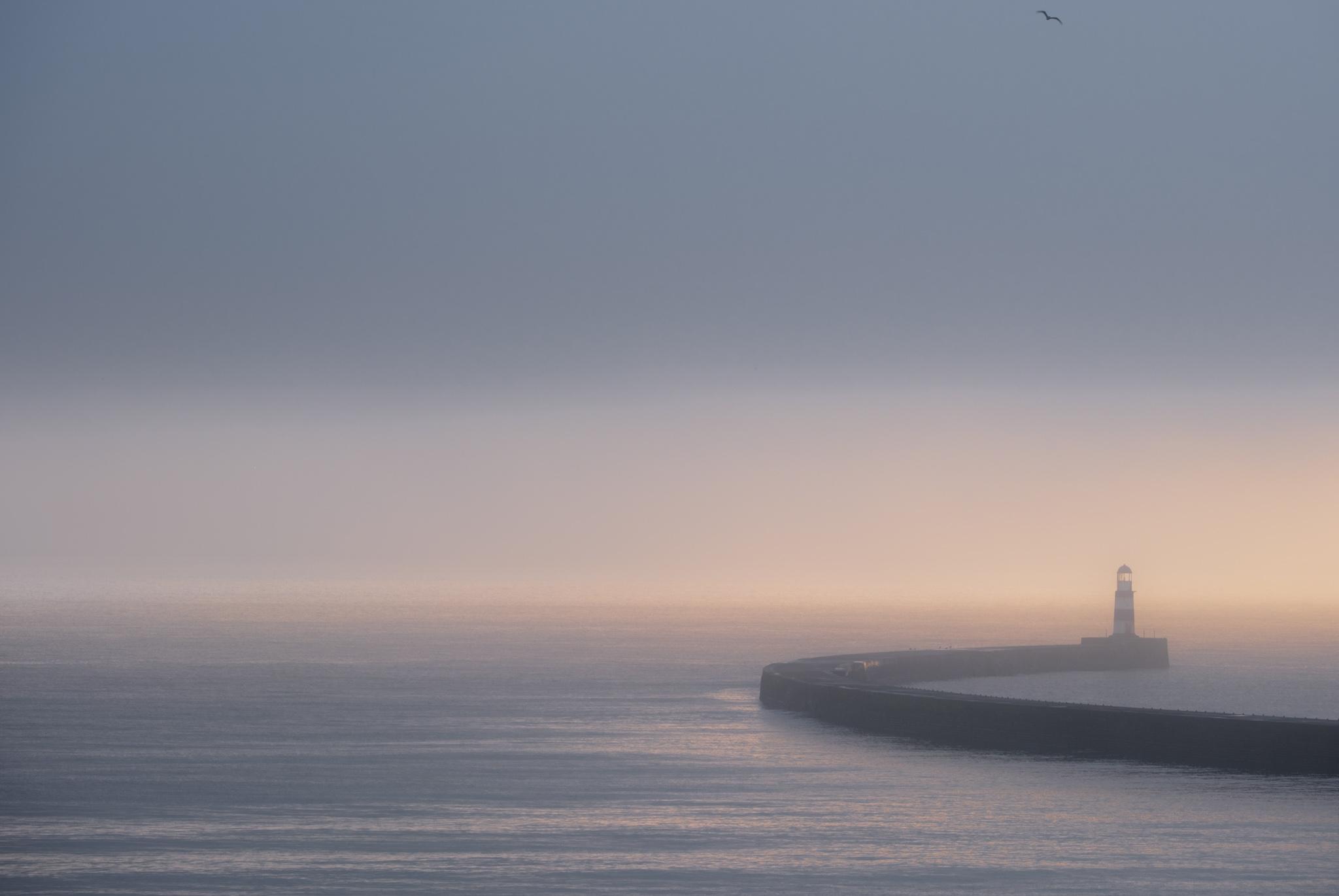
Snow, either falling or laying, is also good. Again the use of strong colours against the white of the snow and careful positioning of the subject, not to dominate the frame, will reap rewards.
Complimentary Compositions
The most common composition we use in minimalism is the aforementioned negative space. However there are compositions that will complement negative space well. The two most common are rule of thirds and leading lines.
In the image below we see a couple of compositional rules at play. There is the obvious negative space around the silhouette of the fisherman, but there is also the fact that the fisherman is placed on a third, drawing the eye through that space to the subject. Backlight and colour are also very much in play in this image.

In the next image we see the use of leading lines as well as colour contrast to create a minimalist image. The runner is offset from the dark, grey background by virtue of his bright yellow jacket. The walls of the pier lead our eyes directly to him. Although the background is relatively busy, it’s dark neutral tones relegate it into insignificance highlighting the runner
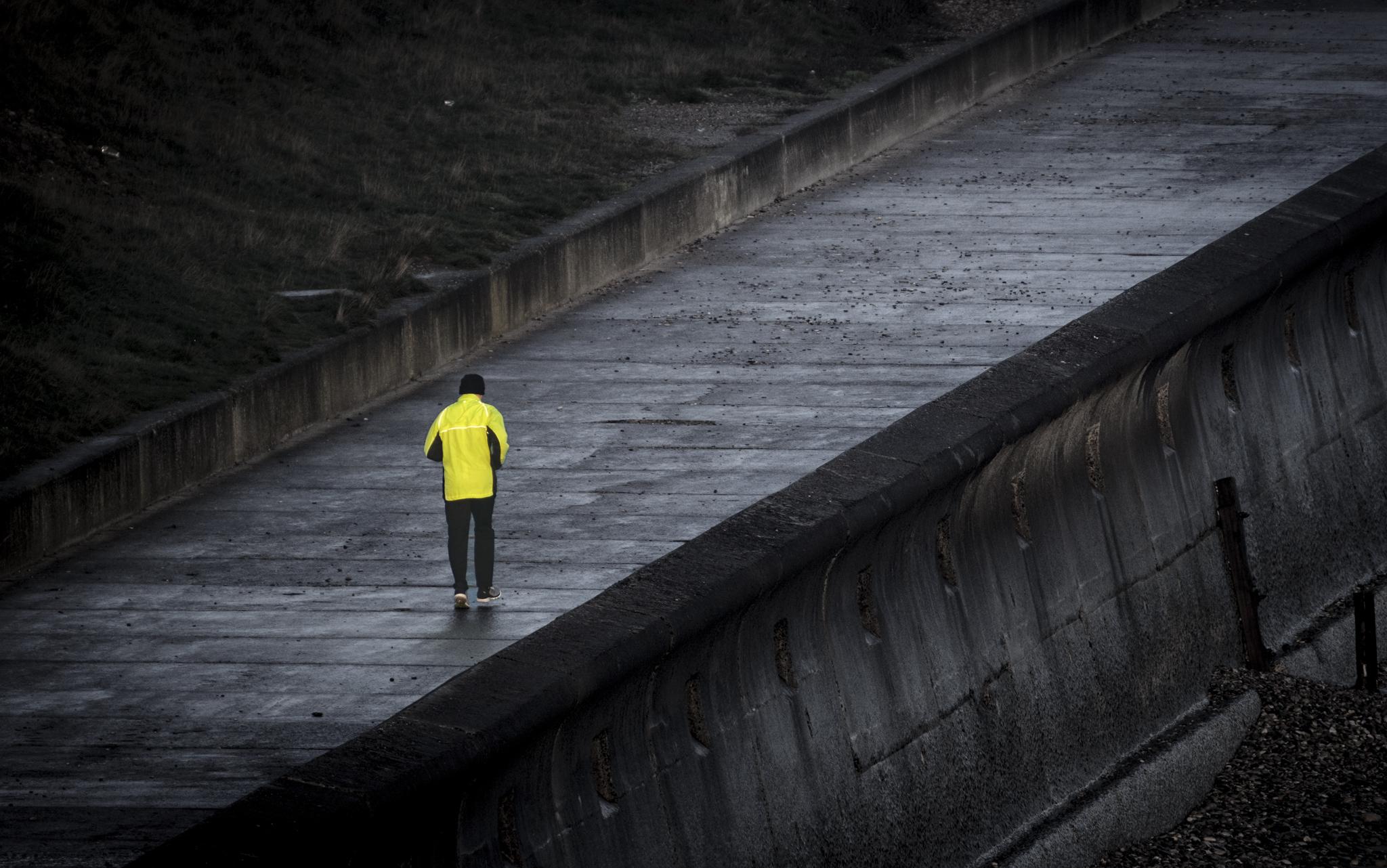
As I alluded to earlier, it is also possible to have two subjects in a minimalist image. Both the subjects should be relatively small in the frame and one of the subjects should dominate the other. The image below is an example of this but also demonstrates some of the other techniques we have looked at in this article.

Although there are two yachts, one is clearly more dominant to the other. Both remain relatively small in the image but the weather, light and colour separate them from the background and bring our eyes to them. Both yachts intersect the thirds not only at the bottom but also where the masts end. Despite have clear and obvious subjects, the image remains very minimalist.
Summary
Minimalism can be a hard composition to grasp at first. The world around us often looks complex and busy. Look deep though and you will soon start to see pockets of uniformity that will make a great background for a minimalist photo. Once you have found that background the hunt will be on for a suitable subject.
Just remember, don’t make the subject too large but let the background make the subject stronger to the eye. Do that and you will be well on your way to great minimalist photos.

